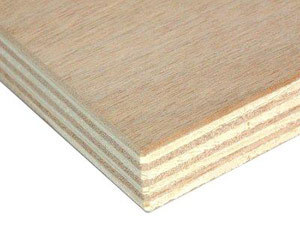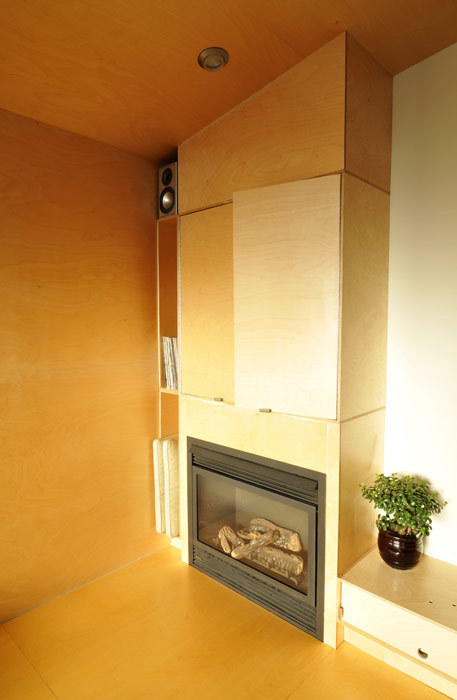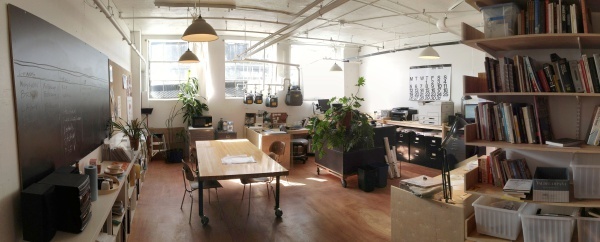Plywood Floor - Thoughts and Experiences
This is one of the topics that pops up fairly frequently with clients during design discussions and we thought that we would share some of our thoughts. With the right material choice and the right finish, plywood as a flooring material has a modern feel but still carries the warmth of wood and is usually significantly cheaper than hardwood. We have used plywood as flooring in two of our own projects and recently we have been talking with other practitioners who have used it in order to decide if we wnated to use it again. After careful consideration our final verdict is.... maybe.
First of all: what is plywood?
Plywood is a manufactured wood panel made from thin slices of wood called veneers. These veneers are glued together with the grain running in opposite directions for strength and dimensional stability. Depending on the type and thickness of plywood there will be a varying number of veneers.

Second: Types
This gets complicated. The American Plywood Association (APA) grades and classifies plywood. There are structural and non structural grades. The structural grading is fairly straightforward and consistent. The non structural... Not so much. We use what the local yards refer to as:
Europly - plywood with a higher number of thinner veneers and no voids. a 3/4" sheet runs around $90 depending on face material.
Apple ply - Similar to europly but sometimes 'A grade' by the APA is called apple ply in the yards... Generally a good ply with no voids but not always.
Scuf plywood - solid core under face - used for flooring underlayment or finished flooring if you are feeling adventurous.
Cabinet grade - Good face condition but may have voids. No exposed edges please.
Our experiences:
The first time we personally saw plywood as a floor was in a project by Mark Millet who was a professor of ours back in grad school. If I recall correctly, he had laid down shop grade ply and applied a marine varnish to it. Over the years it had darkened and taken on a pleasant chocolate tone.
We first used plywood in the beatbox project as a floor, wall and ceiling material. We wanted to create continuous 'c' shape and plywood was a good choice for all three surfaces. We used birch 'apple' (or A grade) biscuit jointed ply over 3" of gypcrete and 3/4" t and g subfloor and finished the floor with an epoxy coating. It has held up fairly well over the past six years. If we could do it all over again.... I would float a much thicker coating of epoxy rather than a series of brushed coats. The movement of the floor joists causes slight cracking at the panel edges.


We then used plywood for our new office build out. We chose SCUF (solid core under face) ply because the top surface was almost defect free and there were few visible voids in the edge. As our offices future is somewhat tenative (redevelopment is rampant on the hill), we kept the floor structure removable. We did not glue or biscuit the plywood but rather face screwed it with stainless steel screws at 24" o.c. We applied two coats of OSMO hardwax oil and have been working on it for about 6 months now. I like it for our office but I wouldn't recommend it for a long term solution. The floor is already showing a decent amount of wear and tear from chairs etc. The finish application wasn't all that great either. The scuf plywood was a 'thirsty' material and keeping a wet edge on the fast drying osmo was almost impossible.

Conclusions:
If we were going to use plywood as a flooring material for a client again I would want to use a 3/4" t and g subfloor, glued and screwed with a 3/4 biscuited or splined 3/4" hardwood ply on top (glued and screwed) with a wear layer of at least 1/4" and a float coat of epoxy or three coats of polyurethane. With all that work and expense.... It might not make sense....
I guess the verdict remains a maybe.